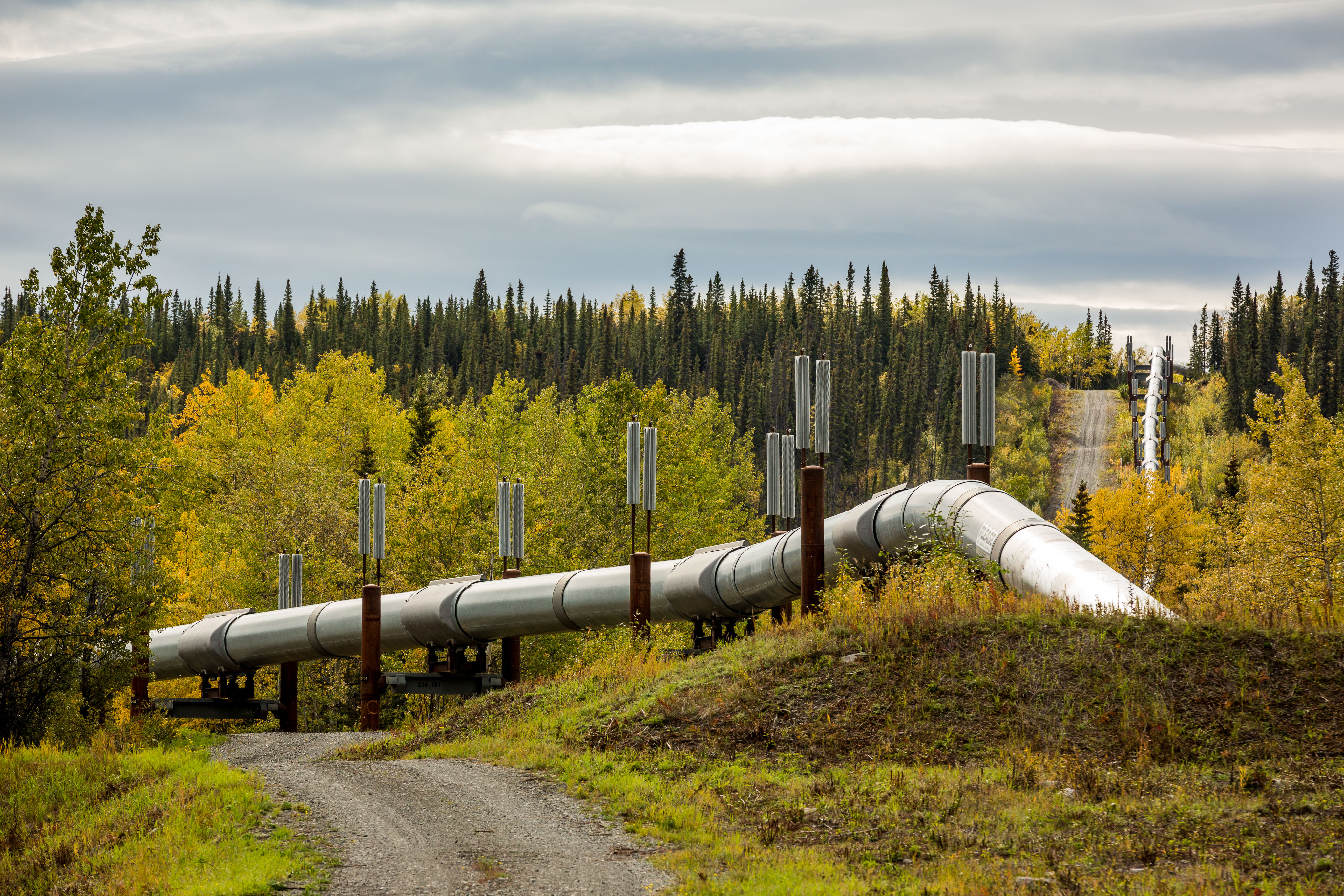Alaska pipeline doesn’t need Arctic refuge oil

Oil-industry allies are plotting to trick today’s Republican-controlled Congress into approving drilling in Alaska’s Arctic National Wildlife Refuge by falsely claiming that if we don’t sacrifice one of America’s last pristine and untouched places, the trans-Alaska oil pipeline will shut down.
It’s simply not true.
Forty years ago last month, the first oil flowed through the pipeline that runs 800 miles from Prudhoe Bay to the port of Valdez. And though it is operating well below the peak capacity of its 1980s heyday, pipeline flow has been increasing since 2016 and all evidence shows the pipeline will operate for decades to come.
The Arctic refuge, however, would be permanently harmed if industrial infrastructure were allowed on its sensitive coastal plain, where polar bears den and birth their cubs, and where the 197,000-animal Porcupine caribou herd calves and nurses its offspring.
This 19.2 million-acre tract of public land is a national treasure, and we have an obligation to preserve it for future generations of Americans.
[A pipeline built to survive extremes can’t bear slow oil flow]
Built in the 1970s to carry Alaska’s North Slope crude to tankers that transport the oil to refineries on the West Coast — including California — and Asia, the pipeline handled more than 2 million barrels per day in 1988. By April of this year, the pipeline still was moving nearly 518,000 barrels per day.
Nevertheless, Alaska politicians routinely claim that, as far as the pipeline is concerned, the sky is falling. Just this past January, Alaska Sens. Lisa Murkowski and Dan Sullivan issued a press release stating, “Closure of the pipeline would shut down all northern Alaska oil production, devastating Alaska’s economy and deepening U.S. dependence on unstable countries throughout the world.”
As documented in my new report: “Trans-Alaska Oil Pipeline Flow: Doing Just Fine After 40 Years,” several court decisions have found the pipeline will operate for many decades.
A state court decision in 2011 involving property taxes determined that the pipeline is likely to operate at least until 2065 with existing, proven oil reserves. That decision was affirmed by the Alaska Supreme Court in 2014.
The approach used by the state court was affirmed a second time by the Supreme Court in a similar case in 2015.
Pipelines are built to function below maximum capacity, and pipeline operators can accommodate lower flow levels through operational changes and line upgrades.
Additionally, BP, ConocoPhillips and Exxon Mobil represent 98.6 percent of the ownership of the pipeline, and those companies have invested heavily in Arctic oil production. They have a strong interest in keeping the pipeline operational, so we can expect them to continue investing in the maintenance and upgrades necessary to transport oil successfully.
[Alaska oil pipeline volumes usually decrease each year, but 2016 was different]
As a bonus, pipeline flow through the pipeline has been increasing since 2016, a trend the state projects will continue through the late 2020s. New oil developments on state lands to the west of the refuge and in portions of the western Arctic’s National Petroleum Reserve-Alaska open to oil production have more than offset declines from existing Slope oil-fields.
Between next year and 2021, projects by ConocoPhillips and Hilcorp are scheduled to come online with combined peak flows of at least 70,000 barrels per day. In 2022 and beyond, Exxon, Armstrong Energy and ConocoPhillips projects are likely to boost flow by hundreds of thousands of barrels per day.
Clearly, the sky is not falling.
Those of us who are working to protect the refuge from oil drilling due to its extraordinary qualities recognize the importance of oil and gas revenue to the state of Alaska, but anticipated state income does not justify drilling in the refuge.
We also know we cannot drill our way to energy independence for America, nor to a sustainable economy in Alaska.
The refuge is one of the last great tracts of wildland left in the United States. Some places are simply too special to drill and the refuge is one of them.
Lois Epstein is an Alaska-licensed engineer and the Arctic program director for The Wilderness Society. She is on the board of the Bellingham, Wash.-based nonprofit Pipeline Safety Trust and is an advisor to the president of Alyeska Pipeline Service Co., operator of the trans-Alaska oil pipeline. Her new report is available at http://goo.gl/tFLh1S.
The views expressed here are the writer’s and are not necessarily endorsed by Arctic Now, which welcomes a broad range of viewpoints. To submit a piece for consideration, email commentary (at) arcticnow.com.